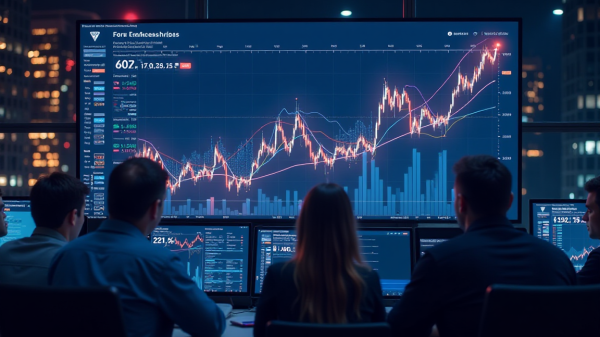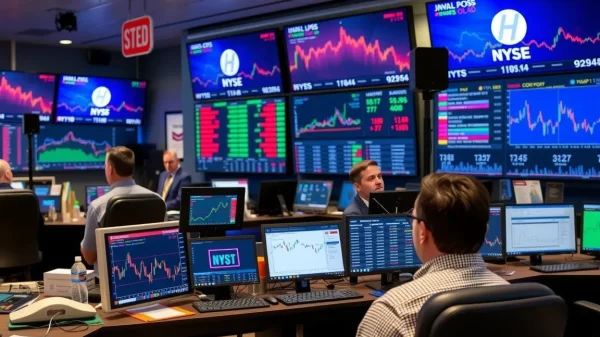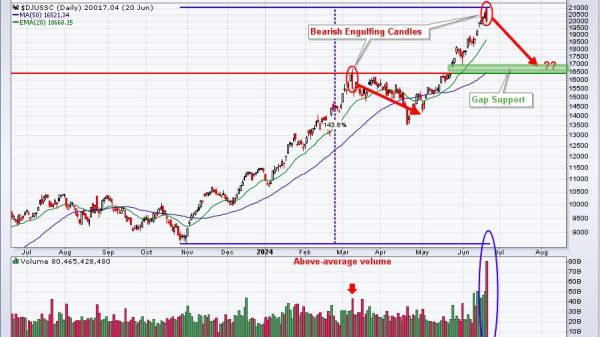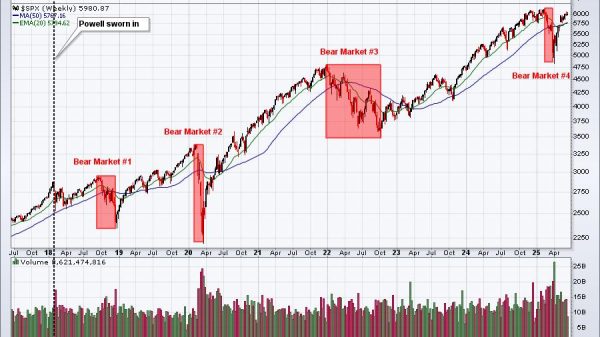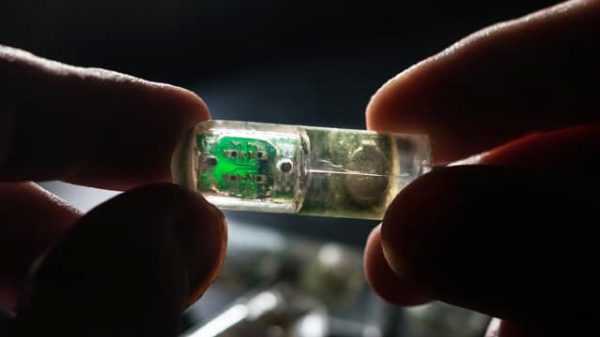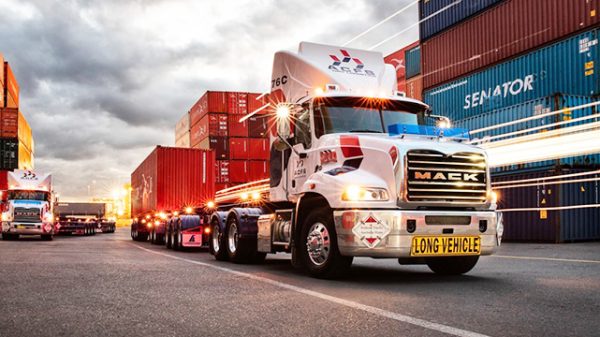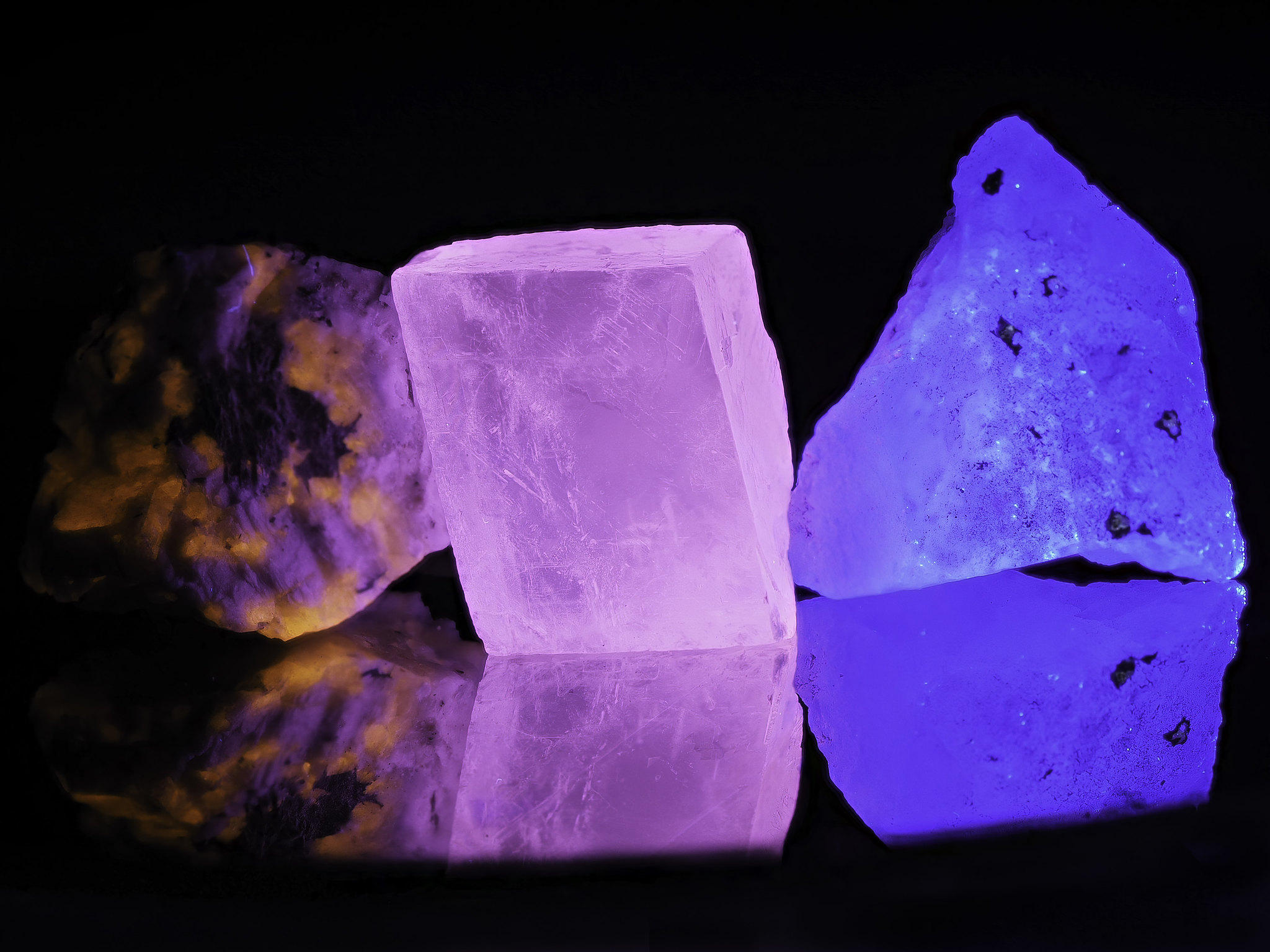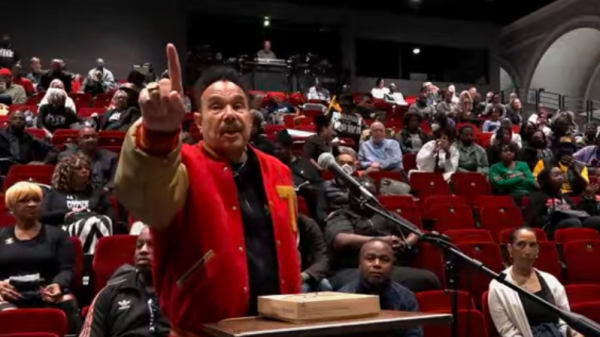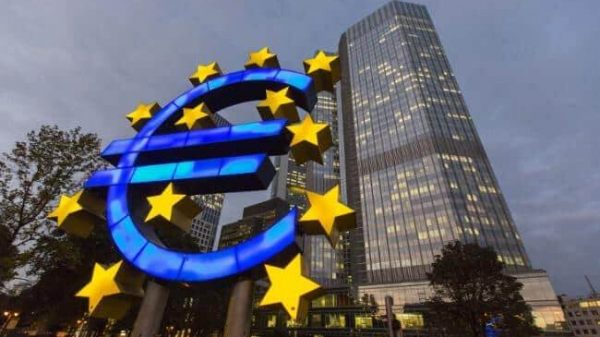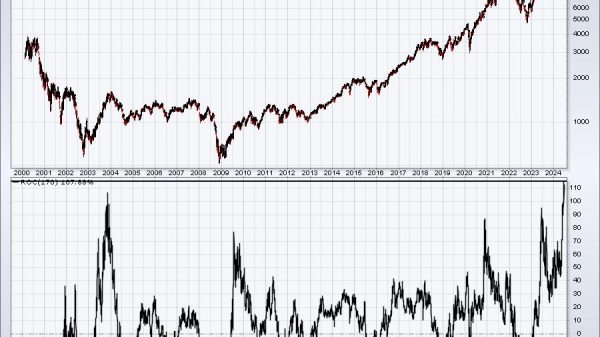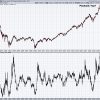Europe will likely only be able to produce a small portion of the rare earths it requires for electric vehicles and wind turbines, primarily due to inexpensive competition from China, the leading producer, Reuters reported on Tuesday.
In recent years, Europe and the US have been making concerted efforts to bolster their domestic capabilities in the production and processing of rare earth elements.
This strategic move is primarily driven by a desire to reduce their reliance on China, which currently dominates the global rare earth market, accounting for approximately 90% of processed rare earths.
The dependence on a single source for these critical materials has raised concerns about supply chain vulnerabilities, potential disruptions, and geopolitical risks.
China’s dominance and global supply concerns
By expanding their domestic rare earth industries, Europe and the US aim to achieve greater self-sufficiency and security of supply.
Laurent Migom of Bain was quoted in the report:
Today there’s a cost gap of 20% to 40% between a value chain in China and a potential value chain in Europe.
Migom stated at an event where chemical group Solvay launched an expansion of its rare earth processing in La Rochelle, France, that due to the current environment, they do not anticipate sufficient permanent magnet manufacturing in Europe.
In some cases, the cost gap is even wider, with Chinese products 60-70% cheaper than European products, Reuters quoted another source.
Cost disparity challenges European products
The European Union’s yearly demand for rare earth oxides, crucial components in the powerful permanent magnets found in electric vehicles and wind turbines, is projected to experience substantial growth.
By the year 2030, this demand is expected to increase by up to 50%, reaching 30,000 metric tons.
This surge in demand translates to a significant economic value, estimated to be as high as 1.5 billion euros.
The analysis provided by Migom highlights the escalating importance of rare earth oxides in Europe’s transition towards sustainable energy and transportation solutions.
Future demand and production capacity
Meanwhile, according to Bain, Europe will have the capacity to produce under 5,000 tons by that time.
China’s dominance in the rare earth mining sector is undeniable, representing a substantial 65% of the global supply.
However, this does not mean that the world is solely reliant on China for these critical resources.
Significant deposits of rare earth ores exist in various other regions around the globe, and many of these deposits are currently undergoing active development.
This diversification of rare earth mining operations has the potential to mitigate risks associated with supply chain disruptions and geopolitical tensions, ensuring a more stable and secure supply of these essential materials for industries worldwide.
However, Migom stated that only 2-5 of the 50 mining projects outside of China aiming to start output by 2030 will be economically viable to launch under current market conditions, mainly due to low rare earth prices.
Migom stated that these projects would produce approximately 20,000 to 25,000 tons of rare earths annually.
Of this total, only 6,000 tons would be the specific type required for magnet production.
He added that recycling could help supply rare earths in Europe, but not until after 2035, when there will be sufficient quantities of old magnets available for recycling.
The post How China’s dominance in rare earths threatens Europe’s green energy goals appeared first on Invezz

